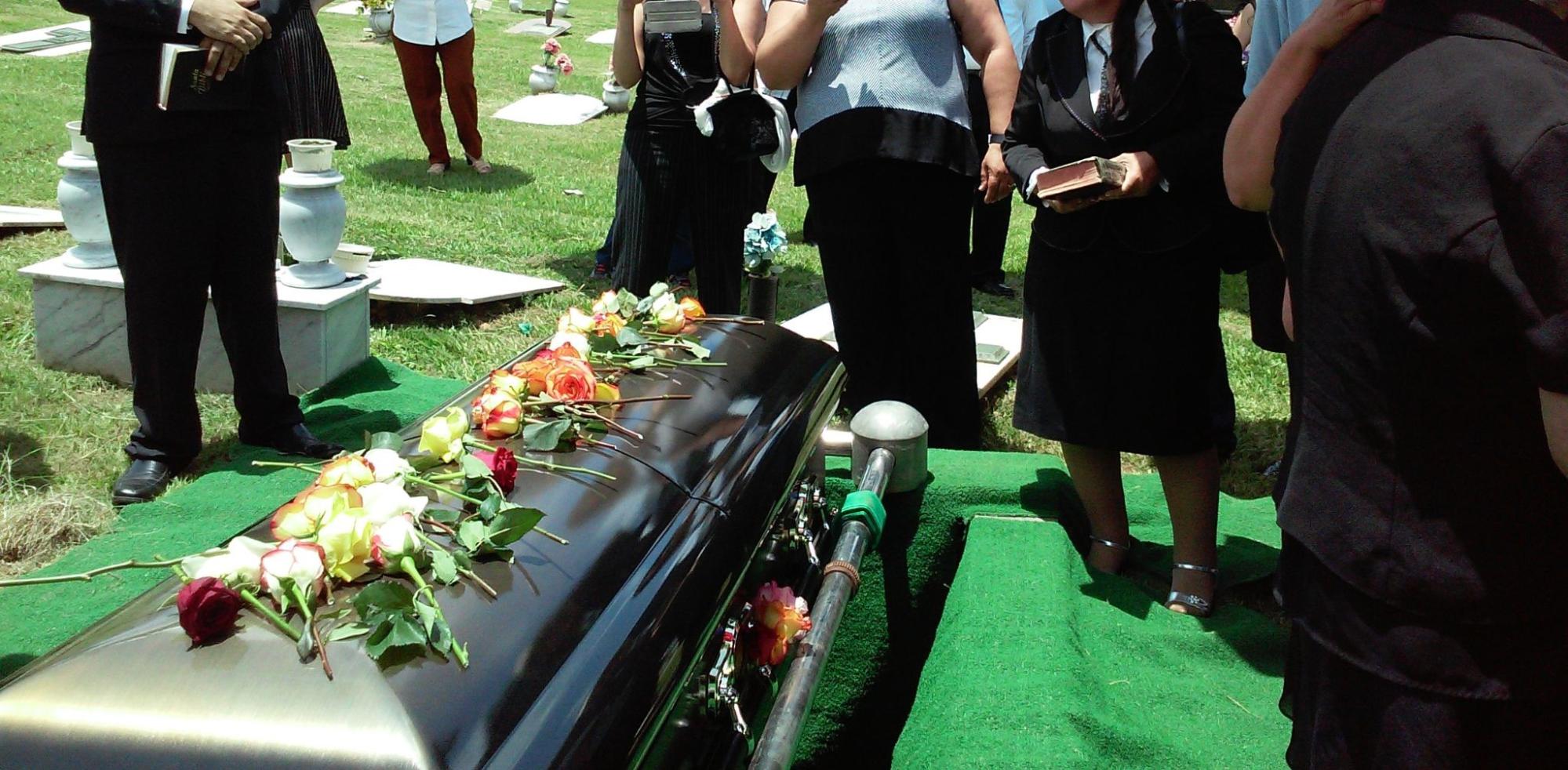Planning a family funeral is an emotional and often daunting task, dealing with the loss of a loved one. However, with thoughtful preparation and clear communication, the process can become a meaningful way to honor the deceased and support grieving family members. Continue reading to discover how to plan a family funeral, ensuring that the arrangements reflect the departed’s wishes and comfort those left behind.
Step 1: Immediate Actions After Death
When a loved one passes, specific steps must be taken. The procedure is as follows:
- Notify Authorities: If the death occurs at home, contact emergency services or the deceased’s doctor to obtain a death certificate. If the death occurs in a hospital, the staff will handle this.
- Inform Family Members: Notify close family members and friends about the death. This task can be delegated to a few trusted individuals to help spread the word.
- Contact a Funeral Home: Choose a funeral home to handle the body. They will guide you through the necessary paperwork and initial arrangements.
Step 2: Choosing a Funeral Home and Services
Deciding on a funeral home is a crucial choice. Consider the following:
- Reputation and Services: Research the reputation of local funeral homes. Look for reviews and ask for recommendations. Check if the funeral home offers the services you need, such as burial, cremation, or memorial services.
- Costs: Funeral costs can vary significantly. Request a detailed price list and compare options. Discuss your budget to avoid unexpected expenses.
- Personal Comfort: Choose a funeral home where you feel comfortable and supported. The staff should be compassionate and willing to answer all your questions.
Step 3: Funeral Service Planning
The funeral is an opportunity to honor the deceased and provide closure for the family. Some key considerations include:
- Type of Service: Choose a service that aligns with the family’s funeral traditions. Each has its own structure and tone.
- Venue: Choose a location for the service, such as a church, funeral home, or a meaningful place for the deceased and family.
- Officiant: Select someone to lead the service. This could be a religious leader, a celebrant, or a family member.
- Personal Touches: Incorporate personal elements such as the deceased’s favorite music, readings, or hobbies. These touches can make the service more meaningful.
Step 4: Involving Family Members
Involving family members in the planning process can provide comfort and ensure that the funeral reflects the collective wishes of those closest to the deceased.
- Delegate Tasks: Assign specific tasks to family members, such as organizing flowers, creating a photo montage, or arranging for refreshments.
- Gather Memories: Encourage family members to share their favorite memories and stories. These can be included in the eulogy, service, or memorial displays.
- Collaborate on Decisions: Hold family meetings to discuss and agree on crucial decisions. This ensures everyone feels included and heard.
Step 5: Personalizing the Funeral
Personalizing the funeral can make it a unique tribute to the deceased’s life. Consider these ideas:
- Memory Table: Set up a table with photographs, mementos, and personal items that reflect the deceased’s life and passions.
- Tribute Video: Create a video montage of photos and clips that celebrate the life of your loved one.
- Customized Programs: Design funeral programs that include photos, favorite quotes, or a biography of the deceased.
Step 6: Addressing Logistics
Several logistical aspects need to be addressed to ensure a smooth funeral service:
- Transportation: Arrange for transportation of the body, family members, and guests if necessary.
- Accommodations: Provide information on accommodations for out-of-town guests, including hotels and travel arrangements.
- Refreshments: Plan for refreshments or a reception after the service. This provides a space for guests to gather and share memories.
Step 7: Supporting Each Other Through Grief
Funeral traditions and services are only a part of the grieving journey. Supporting each other during this time is crucial:
- Emotional Support: Be present for each other. Sympathize and offer comfort. Professional grief counseling can also be beneficial.
- Memorial Activities: Continue to honor the deceased through annual memorial activities, such as visiting the grave, lighting candles, or holding family gatherings.
- Open Communication: Maintain open communication within the family, allowing everyone to express their feelings and needs.
Conclusion
Planning a family funeral is challenging but essential. Taking thoughtful steps and involving family members can respect both the bereaved and the deceased. Remember to lean on each other for support and cherish your shared memories. In doing so, you honor the deceased and begin healing together.


 Using SQL for Bayesian Inference: Building Probabilistic Models with Data
Using SQL for Bayesian Inference: Building Probabilistic Models with Data  Why do people love the surprises in online slot games?
Why do people love the surprises in online slot games?  Can shockwave for ED help men with high cholesterol?
Can shockwave for ED help men with high cholesterol?  Feeding Sheep Through the Seasons: Changing diets for summer and winter
Feeding Sheep Through the Seasons: Changing diets for summer and winter  Role of CBD Vape Pens in Natural Pain Relief?
Role of CBD Vape Pens in Natural Pain Relief?  Simple Steps to Prevent Burnout Before It Takes a Toll
Simple Steps to Prevent Burnout Before It Takes a Toll  Why Low-Acid Organic Coffee is the Perfect Choice for Sensitive Stomachs?
Why Low-Acid Organic Coffee is the Perfect Choice for Sensitive Stomachs?  Which Ayurvedic Medicine is the Best Tablet for Piles?
Which Ayurvedic Medicine is the Best Tablet for Piles?  Discover the Latest Hits on Zee5: Must-Watch Movies and Series
Discover the Latest Hits on Zee5: Must-Watch Movies and Series 